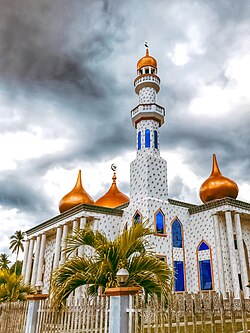
Hadji Panglima Tahil, officially the Municipality of Hadji Panglima Tahil, is a 6th class municipality in the province of Sulu, Philippines. According to the 2020 census, it has a population of 7,906 people, making it the least populated municipality in the province.

Indanan, officially the Municipality of Indanan, is a 3rd class municipality in the province of Sulu, Philippines. According to the 2020 census, it has a population of 93,168 people.
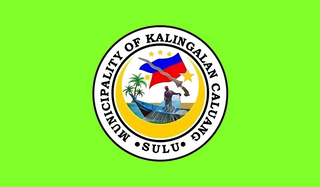
Kalingalan Caluang, officially the Municipality of Kalingalan Caluang, is a 5th class municipality in the province of Sulu, Philippines. According to the 2020 census, it has a population of 39,549 people.

Lugus, officially the Municipality of Lugus, is a 5th class municipality in the province of Sulu, Philippines. According to the 2020 census, it has a population of 29,043 people.

Maimbung, officially the Municipality of Maimbung, is a 5th class municipality in the province of Sulu, Philippines. According to the 2020 census, it has a population of 59,597 people.
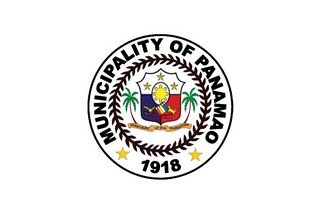
Panamao, officially the Municipality of Panamao, is a 4th class municipality in the province of Sulu, Philippines. According to the 2020 census, it has a population of 49,849 people.

Pandami, officially the Municipality of Pandami, is a 4th class municipality in the province of Sulu, Philippines. According to the 2020 census, it has a population of 33,177 people.

Panglima Estino, officially the Municipality of Panglima Estino, is a 5th class municipality in the province of Sulu, Philippines. According to the 2020 census, it has a population of 34,249 people.
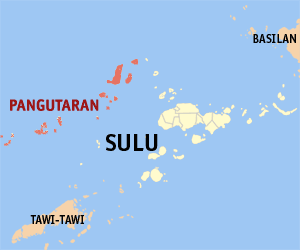
Pangutaran, officially the Municipality of Pangutaran, is a 4th class municipality in the province of Sulu, Philippines. According to the 2020 census, it has a population of 36,374 people.

Parang, officially the Municipality of Parang, is a 2nd class municipality in the province of Sulu, Philippines. According to the 2020 census, it has a population of 71,495 people.
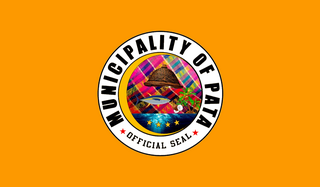
Pata, officially the Municipality of Pata, is a 5th class municipality in the province of Sulu, Philippines. According to the 2015 census, it has a population of 22,163 people.

Patikul, officially the Municipality of Patikul, is a 3rd class municipality in the province of Sulu, Philippines. According to the 2020 census, it has a population of 79,564 people. The provincial capitol and offices are located in this municipality.

Siasi, officially the Municipality of Siasi, is a 2nd class municipality in the province of Sulu, Philippines. According to the 2020 census, it has a population of 81,689 people.

Tapul, officially the Municipality of Tapul, is a 5th class municipality in the province of Sulu, Philippines. According to the 2015 census, it has a population of 18,197 people.

Banguingui, officially the Municipality of Banguingui, is a 4th class municipality in the province of Sulu, Philippines. According to the 2020 census, it has a population of 35,616 people.
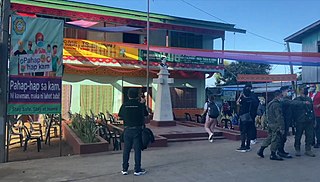
Mapun, officially the Municipality of Mapun, is a 4th class municipality in the province of Tawi-Tawi, Philippines. According to the 2020 census, it has a population of 30,038 people.

Tandubas, officially the Municipality of Tandubas, is a 2nd class municipality in the province of Tawi-Tawi, Philippines. According to the 2020 census, it has a population of 34,316 people.

Poona Bayabao, officially the Municipality of Poona Bayabao, is a 4th class municipality in the province of Lanao del Sur, Philippines. According to the 2020 census, it has a population of 31,141 people.

Saguiaran, officially the Municipality of Saguiaran, is a 4th class municipality in the province of Lanao del Sur, Philippines. According to the 2020 census, it has a population of 26,712 people.

Omar, officially the Municipality of Omar, is a municipality in the province of Sulu, Philippines. According to the 2020 census, it has a population of 28,070 people.
